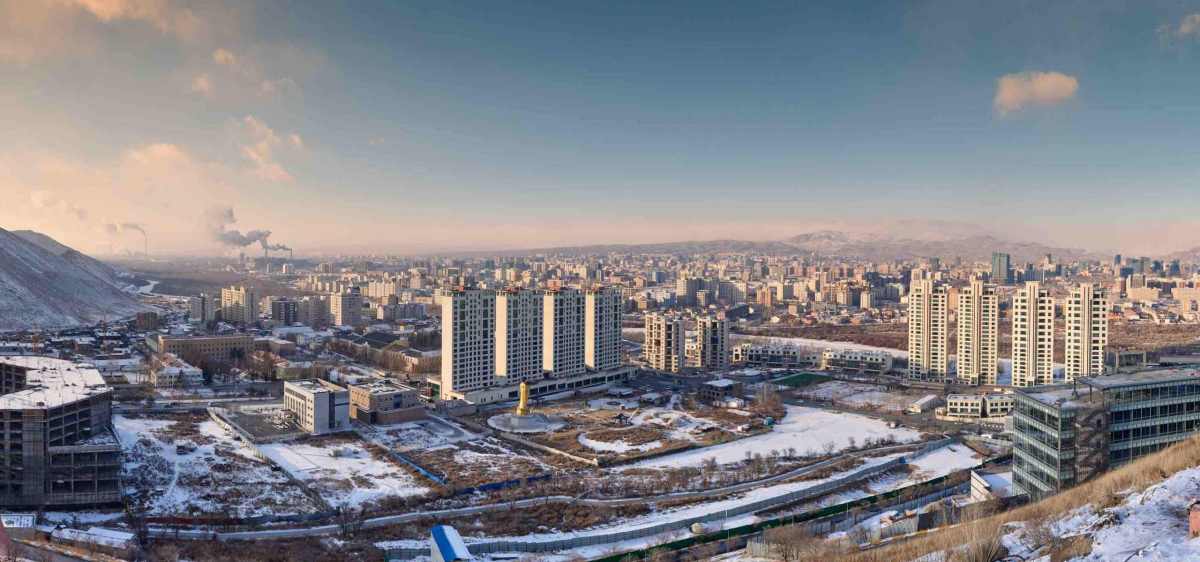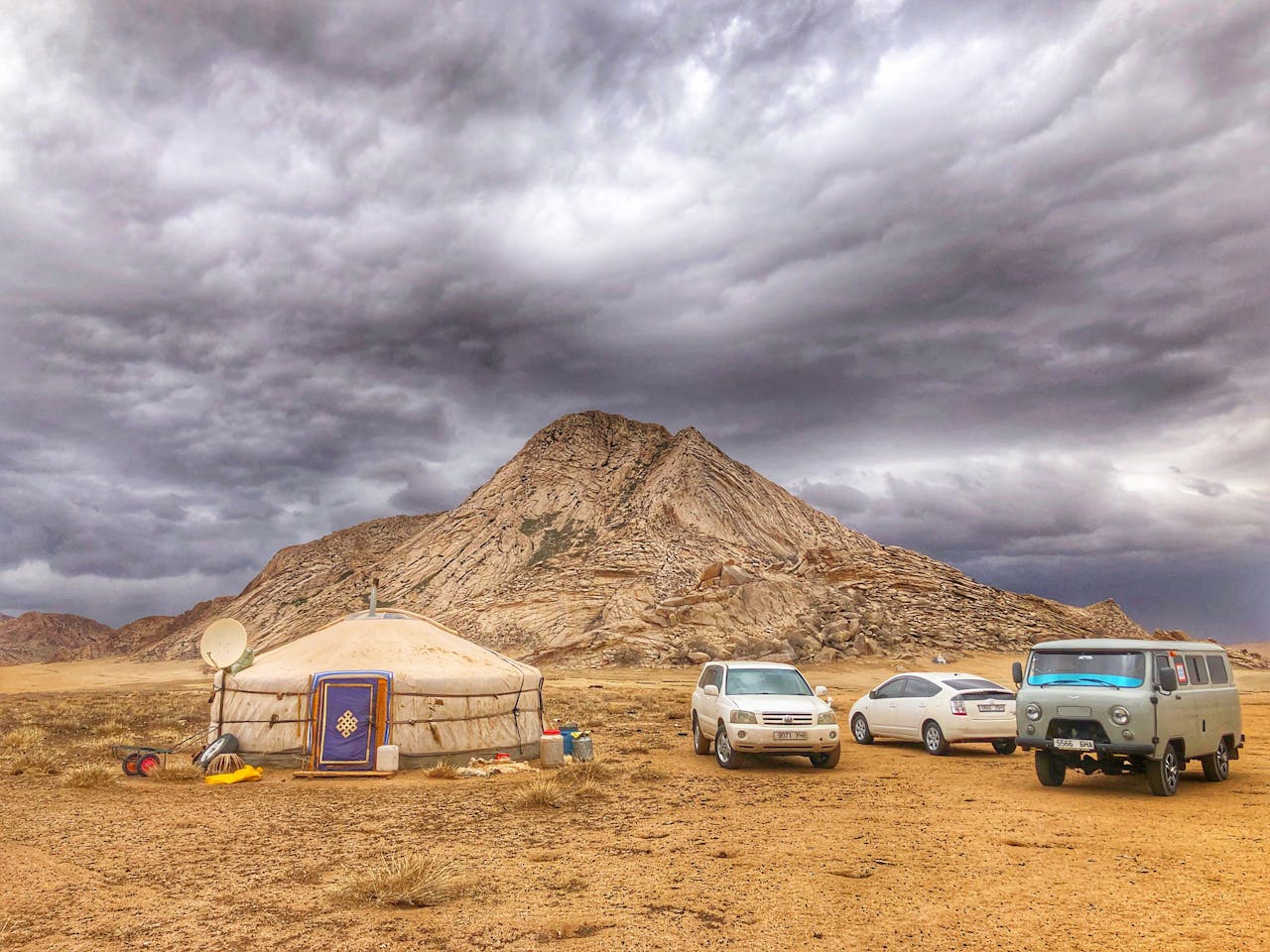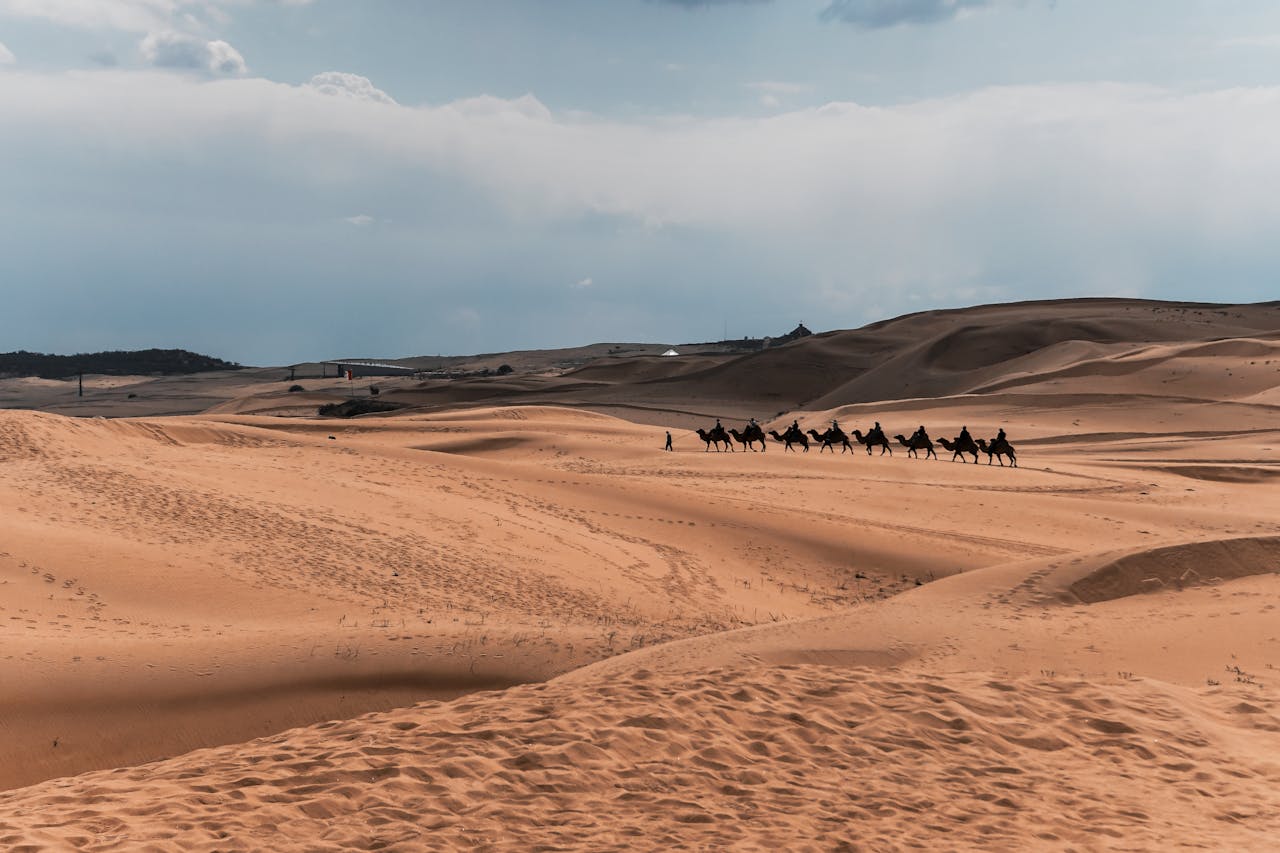Market Research in Mongolia

Understanding the pulse of Mongolian consumers and navigating the local nuances are key to thriving in this market. With the right market research, businesses can effectively position themselves to meet local needs, seize opportunities, and achieve sustainable growth.
Mongolia—a land of expansive steppes, rich history, and emerging opportunities—offers a wealth of potential for businesses seeking expansion. To unlock these opportunities, market research in Mongolia becomes the guiding compass that provides crucial insights.
What Is Market Research in Mongolia?
Market research helps businesses make informed decisions to capitalize on the unique opportunities and challenges of the Mongolian market. It also helps businesses identify consumer needs, preferences, and purchasing behaviors, allowing them to tailor their products and services to meet local demands.
This type of research includes analyzing industry trends, consumer behavior, and competitive landscape, as well as understanding cultural nuances that impact purchasing decisions. By conducting market research in Mongolia, businesses can gain insights into what drives consumer preferences, how to position their brand effectively, and where the greatest opportunities for growth lie.
Why Do Businesses Need Market Research in Mongolia?
By leveraging market research in Mongolia, companies can ensure their strategies align with local market needs and develop solutions that address specific regional challenges. This approach not only helps mitigate risks but also enhances the potential for long-term success and growth.
Market research in Mongolia also helps businesses make informed decisions about the Mongolian market. The market presents unique challenges, including cultural diversity, vast geographical distances, and varying consumer behaviors. These challenges make it essential for companies to understand the needs, preferences, and purchasing patterns of local consumers.
Moreover, through market research in Mongolia, businesses can identify key trends, evaluate market potential, and recognize the specific needs of the population. This research helps address questions such as: What products and services are most in demand? How do cultural differences impact consumer behavior? By gaining insights into these issues, companies can tailor their marketing strategies to effectively reach and engage the Mongolian audience.
Key Industries in Mongolia
Market research in Mongolia highlights several key industries that drive the local economy and offer significant growth potential for businesses. Given Mongolia’s rich natural resources, including coal, copper, and gold, the mining industry stands out as one of the most promising sectors. Companies like Oyu Tolgoi and Erdenes Tavan Tolgoi play a pivotal role in the mining landscape, contributing significantly to Mongolia’s economic growth.
Another important industry is agriculture, which focuses on livestock farming, particularly sheep, goats, and cattle. Market research in Mongolia reveals that the agricultural sector has potential for modernization, which opens up opportunities for companies specializing in agricultural technology and sustainable practices. Additionally, the renewable energy sector is gaining traction, driven by initiatives to reduce reliance on imported fossil fuels. Companies like Clean Energy Asia are leading efforts to provide clean energy solutions that benefit both businesses and local communities.
Tourism

Mongolia has one of the largest outdoor markets in Asia. Everyone calls it the ‘Black Market,’ though it does not sell anything illegal.
Khustain Nuruu National Park is a few hours from Ulaanbaatar. This park is one of the few places to see the Przewalski wild horses, and it is very famous for them. Mongolia is one of three countries that you can find these horses. The park covers an impressive 500 square kilometers of extraordinary natural features.
Mongolian Culture
Mongolia has a strong connection with traditional herding culture, which is most evident in rural areas. Even as Mongolia tries to modernize, the people still practice the ancient traditions. You can even buy an apartment using livestock instead of cash.
Ulaanbaatar is a city where luxury and poverty collide. This urban center is changing so fast that it might be unrecognizable in the next five to seven years. These changes will benefit the whole of Ulaanbaatar, yet they are unlikely to affect Mongolian culture.
The capital’s architecture is spectacular in its diversity. Temples lie between old communist buildings and skyscrapers. It is a country of contrast that has experienced a significant shift. People have moved in by the thousands, and heavy industry has remade the culture.
Minerals and Mining
Mongolia has gotten the nickname “Mine-Golia.” As the name suggests, the country has a strong mining industry. Coal, copper, and other reserves abound beneath its soil. Much of the demand comes from neighboring China.
Mining attracted foreign investors, and the luxury market started to take off. Then came a bust as China’s growth tapered and commodity prices collapsed. Things are starting to look promising again as new mining projects are beginning to open.
Livestock farming has recently seen rapid growth, with the sector producing milk and meat from goats, sheep, cattle, and camels. Mongolia also produces food crops like potatoes and cereal. But, crop production lags far behind that of livestock. Vegetable production is at near-stagnation levels.
There has been a growing sector for infrastructures like transportation and road-building. Mongolia does not have a seaport, so it depends on its roads and railways for transportation.
Opportunities in Mongolia
Mongolia presents numerous opportunities across various sectors that businesses can explore for growth. By leveraging market research in Mongolia, companies can uncover these opportunities and strategically position themselves for success.
- Mining: The mining industry offers significant potential, especially for companies specializing in mineral exploration, mining equipment, and sustainable mining practices. Mongolia’s rich reserves of coal, copper, and gold present ample opportunities for investment and partnership.
- Agriculture: Opportunities exist for businesses to introduce sustainable agricultural practices and technology solutions. With a focus on enhancing productivity and modernizing livestock farming, companies providing agricultural technology, training, and supply chain solutions can expand their operations in Mongolia.
- Renewable Energy: The renewable energy sector is promising, driven by efforts to reduce dependence on imported fossil fuels. Businesses specializing in solar, wind, or other clean energy solutions can benefit from government incentives and a supportive policy environment, while also making a positive impact on local communities.
- Tourism: Mongolia’s unique culture, history, and natural landscapes offer significant potential for tourism. Companies that focus on adventure tourism, cultural tours, and eco-tourism can capitalize on the growing interest in authentic travel experiences.
- Infrastructure Development: As Mongolia continues to improve connectivity, there are opportunities for businesses involved in construction, logistics, and infrastructure projects. Investments in better roads, railways, and telecommunications can help enhance economic activity across the country.
- Healthcare Services: There is a growing need for improved healthcare facilities and services in Mongolia. Companies offering medical equipment, telehealth solutions, and healthcare management services can find opportunities to support the region’s healthcare infrastructure.
- Education and Training: With a focus on skills development, businesses specializing in education and vocational training can help meet the local demand for skill-building initiatives. Opportunities exist for companies providing training in sectors such as mining, agriculture, and renewable energy.
Challenges

Ulaanbaatar has become the third most polluted city in the world. Its rapid population growth and dependence on coal are to blame.
The districts cause the coal pollution problem. The locals burn coals to heat their homes as the temperature drops during winter. The government Is battling this severe issue, but at this point, it’s no use.
How SIS International’s Market Research in Mongolia Helps Businesses
Market research is crucial for any company looking to enter or expand in Mongolia. At SIS International, we specialize in providing comprehensive market research services that help businesses gain the insights they need to succeed.
- Enhanced Strategic Planning: Our market research provides detailed data on consumer preferences, cultural factors, and emerging trends, enabling businesses to refine their strategic plans to better meet the needs of Mongolian customers.
- Increased Revenue Potential: By understanding local consumer behaviors and identifying high-demand products and services, we help companies tap into revenue opportunities and create offerings that resonate with their target audience.
- Risk Mitigation: Our market research services highlight potential risks and challenges specific to the Mongolian market, allowing businesses to prepare effective mitigation strategies and avoid costly missteps.
- Improved Marketing Efficiency: By leveraging insights from market research in Mongolia, businesses can focus their marketing efforts on the channels and messages that resonate most with local consumers, maximizing return on investment.
- Accelerated Growth: Understanding market trends and consumer needs allows companies to innovate effectively, leading to accelerated growth and long-term success in Mongolia.
About SIS International
SIS International offers Quantitative, Qualitative, and Strategy Research. We provide data, tools, strategies, reports, and insights for decision-making. We also conduct interviews, surveys, focus groups, and other Market Research methods and approaches. Contact us for your next Market Research project.

